Romantic Portrait of a Woman in Oriental Dress among Greek Ruins, ca. 1840
Oil on canvas, 61 × 46 cm (without frame), 74 × 57 cm (with frame)
Early to mid-19th century
A young woman stands among ancient ruins, dressed in an oriental-inspired gown with a gold-tasseled headdress, sheer sleeves, and pointed shoes. Her pose, suspended between theatricality and introspection, reflects the Romantic fascination with the exotic and the memory of the classical world. The work belongs to the atmosphere of Philhellenism, a cultural and political movement that, in 19th-century Europe, supported the Greek cause against the Ottoman Empire.
Medora — beautiful and melancholic, among natural ruins and memories carved in stone — captures the emotional tone of this composition, recalling the solitude and longing of Byron’s heroines gazing toward the sea. Likewise, Haidée, the young Greek from Don Juan, embodying sweetness and ideal freedom, seems reflected in this vision of romantic grace and imagined escape.
The presence of a wedding ring on the woman’s hand, however, suggests that she may not be a purely allegorical figure but rather a real sitter. In a plausible hypothesis, the painting could represent Giuseppina Turrisi Colonna (Palermo, 1822–1848), an emblematic figure of Italian Romantic culture. A poet and actress, she shared with her husband, Giuseppe De Spuches — a Hellenist and passionate admirer of Byron — a deep fascination for Greek antiquity and Romantic literature. The costume might therefore allude to a theatrical or literary interpretation inspired by Byron’s heroines, in harmony with the philhellenic taste of the time.
The iconography recalls the model established by Delacroix, in which the oriental woman among ruins became an allegory of Greece itself. During the 1820s and 1830s, many artists adopted this visual language, following the celebrated Greece on the Ruins of Missolonghi (1826), painted as a tribute to Byron, who died in Missolonghi in 1824. In Paris, several “Exhibitions for the Benefit of the Greeks” presented both historical scenes from the Greek War of Independence and subjects drawn from Byron’s works, illustrating the close bond between Romanticism and the philhellenic ideal.
Relined canvas, in good condition.




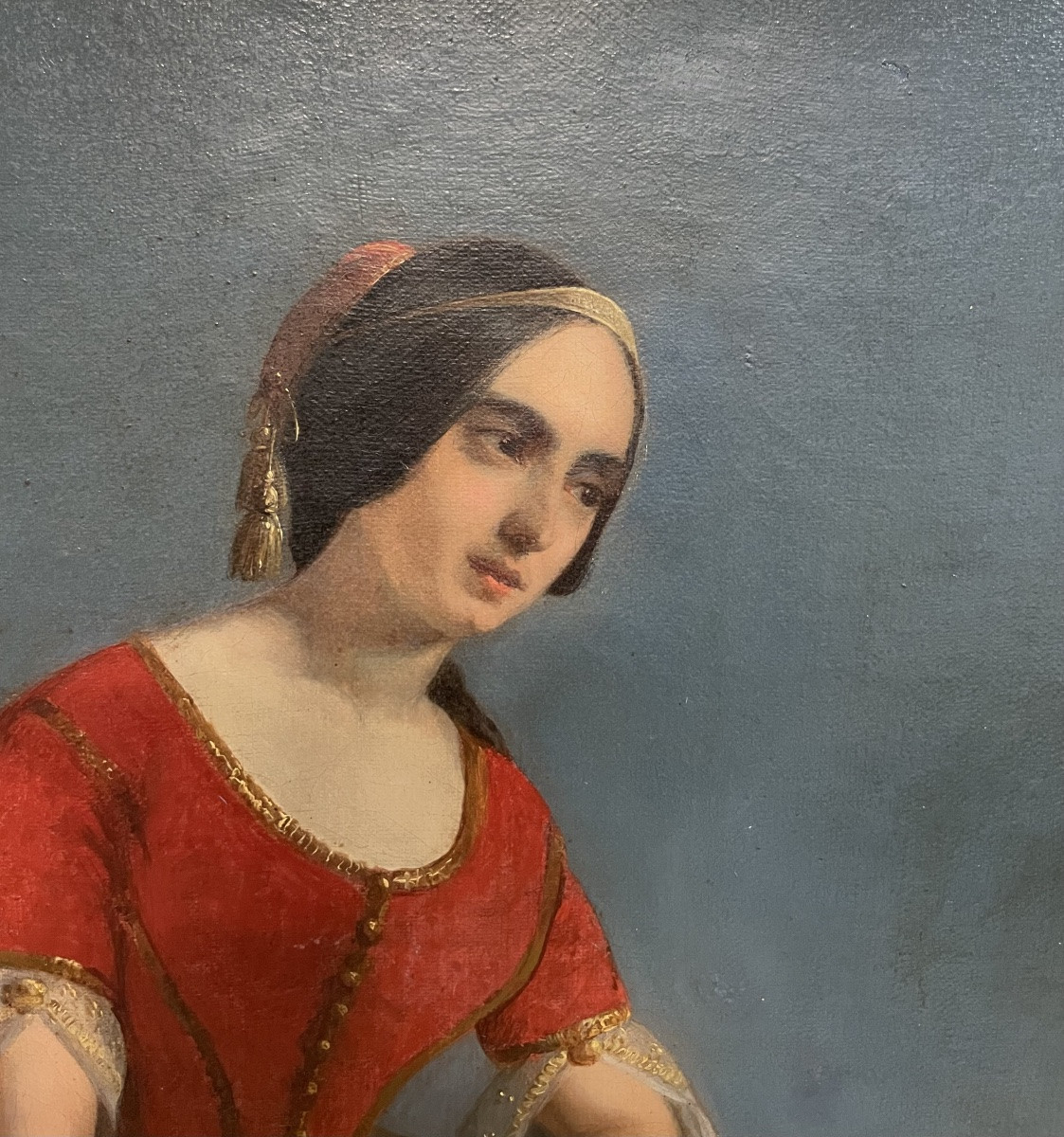

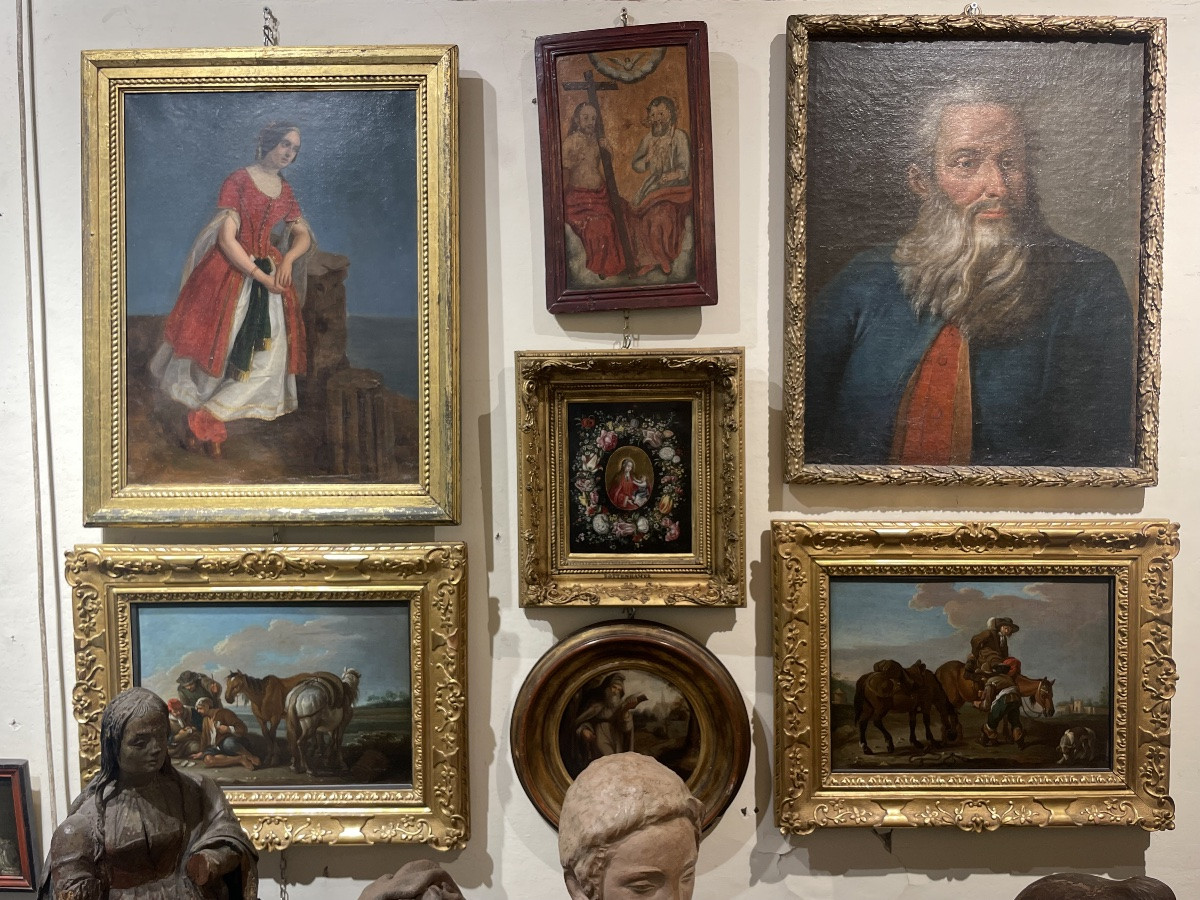
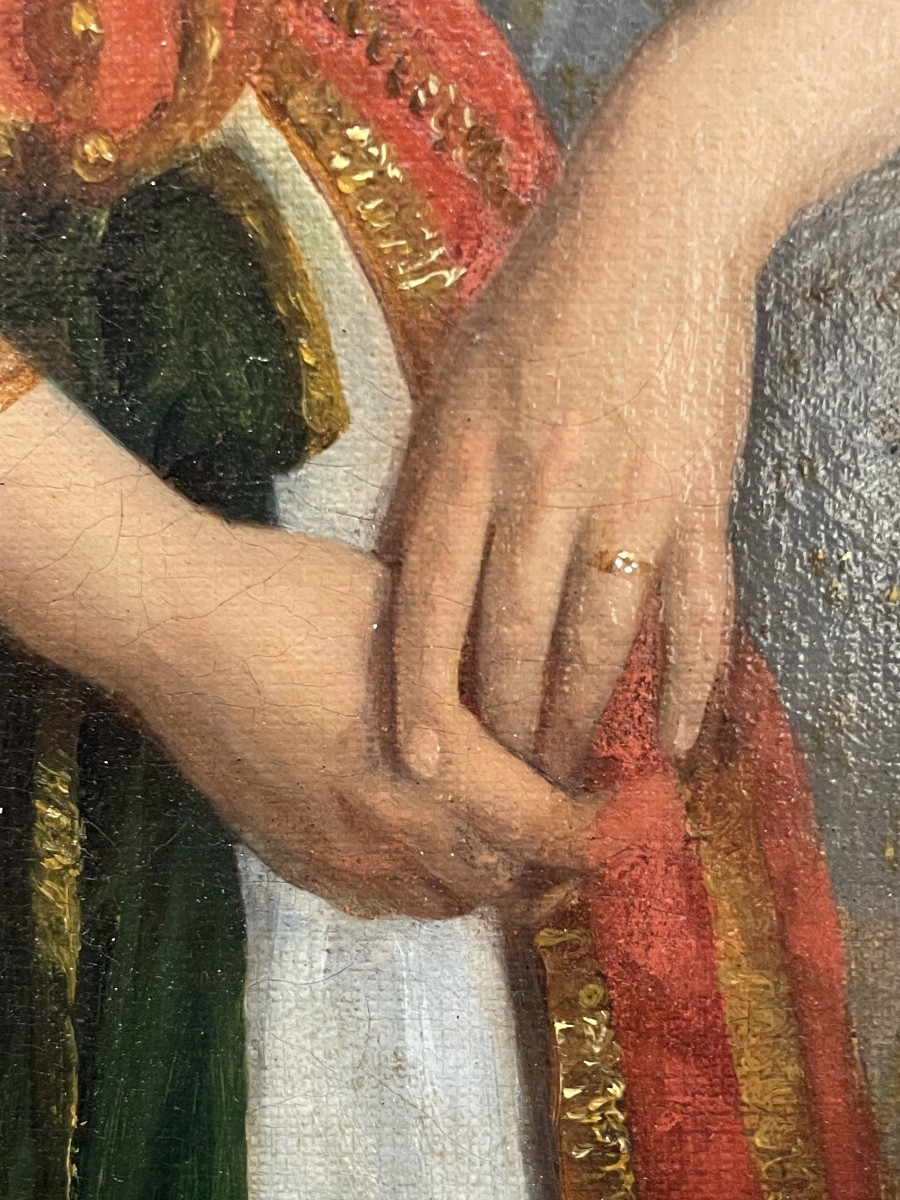





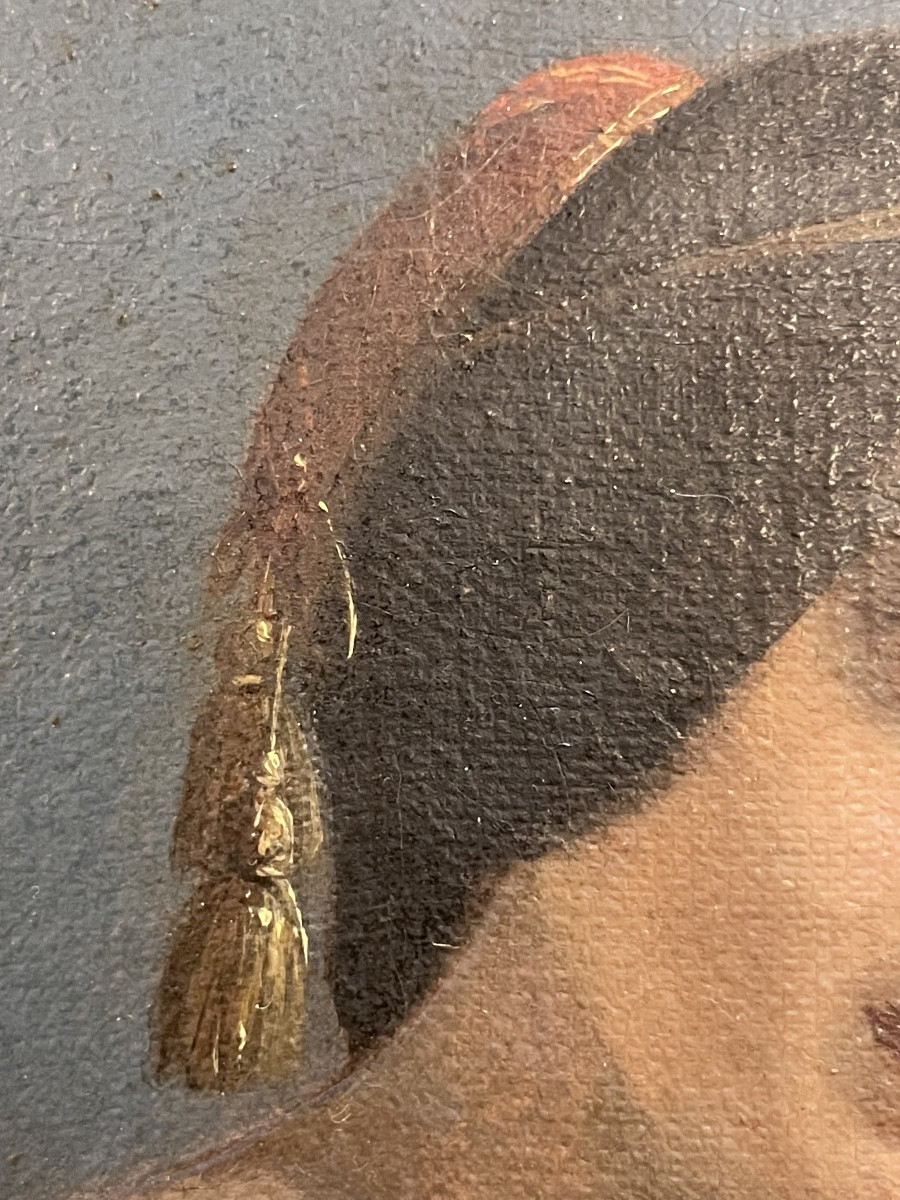
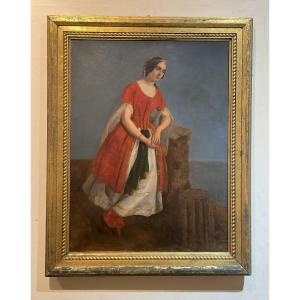













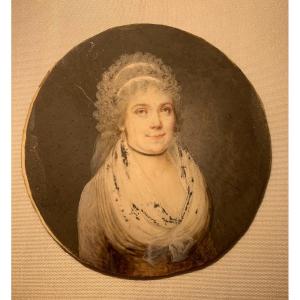









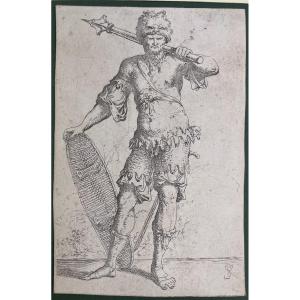



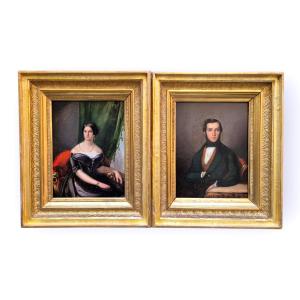
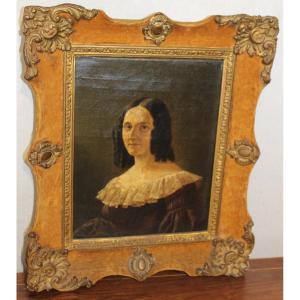
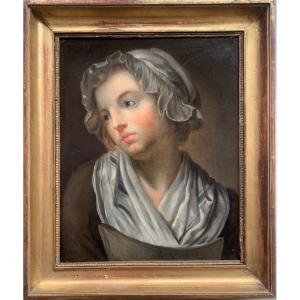





 Le Magazine de PROANTIC
Le Magazine de PROANTIC TRÉSORS Magazine
TRÉSORS Magazine Rivista Artiquariato
Rivista Artiquariato